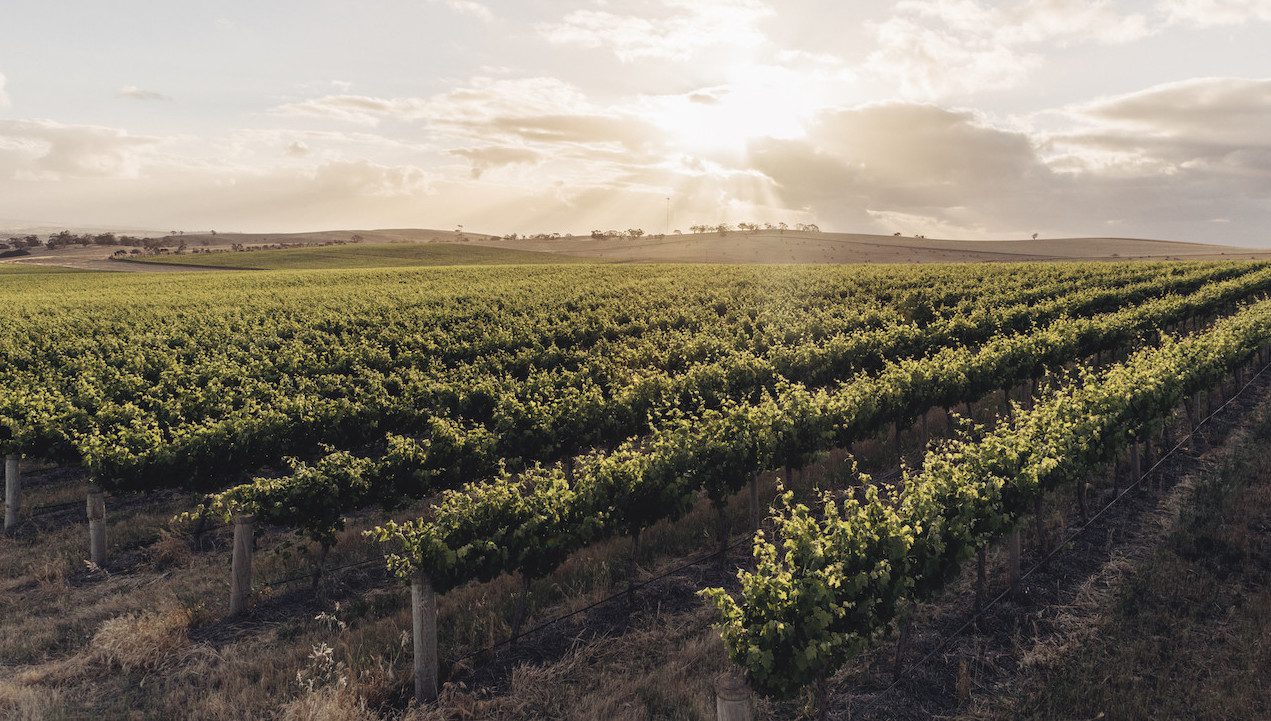
Media Release
A world-leading resource developed in Australia is empowering local grapegrowers and winemakers to plan for the effects of climatic variability and climate change that are forecast in the next decade and into the next generation.
Developed by the Climate Futures Group at the University of Tasmania and funded by Wine Australia, Australia’s Wine Future: A Climate Atlas describes short- and long-term trends for Australian wine regions until 2100.
The Climate Atlas features indices tailored for individual regions, with a focus on heat accumulation and aridity, and the likelihood of heatwave and frost.
The impacts of climate change are being felt around the world, but Australian winemakers are adept at responding to the ups and downs of our naturally variable climate. This unique resource will help inform adaptation planning decisions so that the Australian wine community can continue to maintain grape yields, value and quality into the future.
Climate Futures Group lead and University of Tasmania climatology expert, Dr Rebecca Harris, said the project’s objective was to provide detailed climate predictions in an accessible and useful form to Australia’s wine producers.
“The aim was to improve understanding of climate information and to empower communities to plan for the coming season and for the future,” Dr Harris said.
“The project identified weather risks that are particularly important to grapegrowing within different wine regions and assessed future changes in their frequency and intensity based on regional climate models that incorporate the large-scale climate drivers that drive drought and extreme heat.”
The Climate Atlas provides a range of detailed insights for Australia’s wine regions, including an indication of which regions around the country are similar now to the projected conditions in 2100, allowing growers and wineries to look to their peers and viticultural experts for ideas on how to adapt for their future.
Wine Australia General Manager RD&E Dr Liz Waters said the online atlas was a valuable resource to help the sector manage climate variability.
“Extreme weather events have always posed a challenge for grapegrowers around the world and this new resource will help Australia’s growers to choose adaptive strategies tailored for the changes in their region based on inter-annual and decadal projections,” Dr Waters said.
“The very nature of viticulture means that the vineyards planted today could continue to produce fruit for future generations. Today, growers around Australia are the custodians of the vines planted by earlier generations and this atlas will help them understand how they can manage existing vineyards and plan new ones to ensure short- and long-term prosperity.”
“In working with these regions, we identified current approaches to managing weather and climate risks and determined how climate information might best be incorporated to manage risks in the future,” Dr Harris said.
‘The Australian wine sector is highly innovative and grapegrowers have a series of tools at their disposal to manage climate variability. The atlas will assist in providing information about the likelihood of weather and climate risks in coming seasons so that growers can better plan their management to reduce costs.’
The Climate Atlas resource is available for download from Wine Australia (wineaustralia.com/climate-atlas) and Climate Futures Tasmania (http://climatefutures.org.au/).
Australia’s Wine Future was a collaborative research project funded by Wine Australia. It was led by the Antarctic Climate Ecosystems Cooperative Research Centre (ACE CRC, UTAS) in partnership with the South Australian Research and Development Institute (SARDI), the Australian Wine Research Institute (AWRI), CSIRO Marine and Atmospheric Research and the Tasmanian Institute of Agriculture (TIA).
Photo: Wine Australia.













Recent Comments